
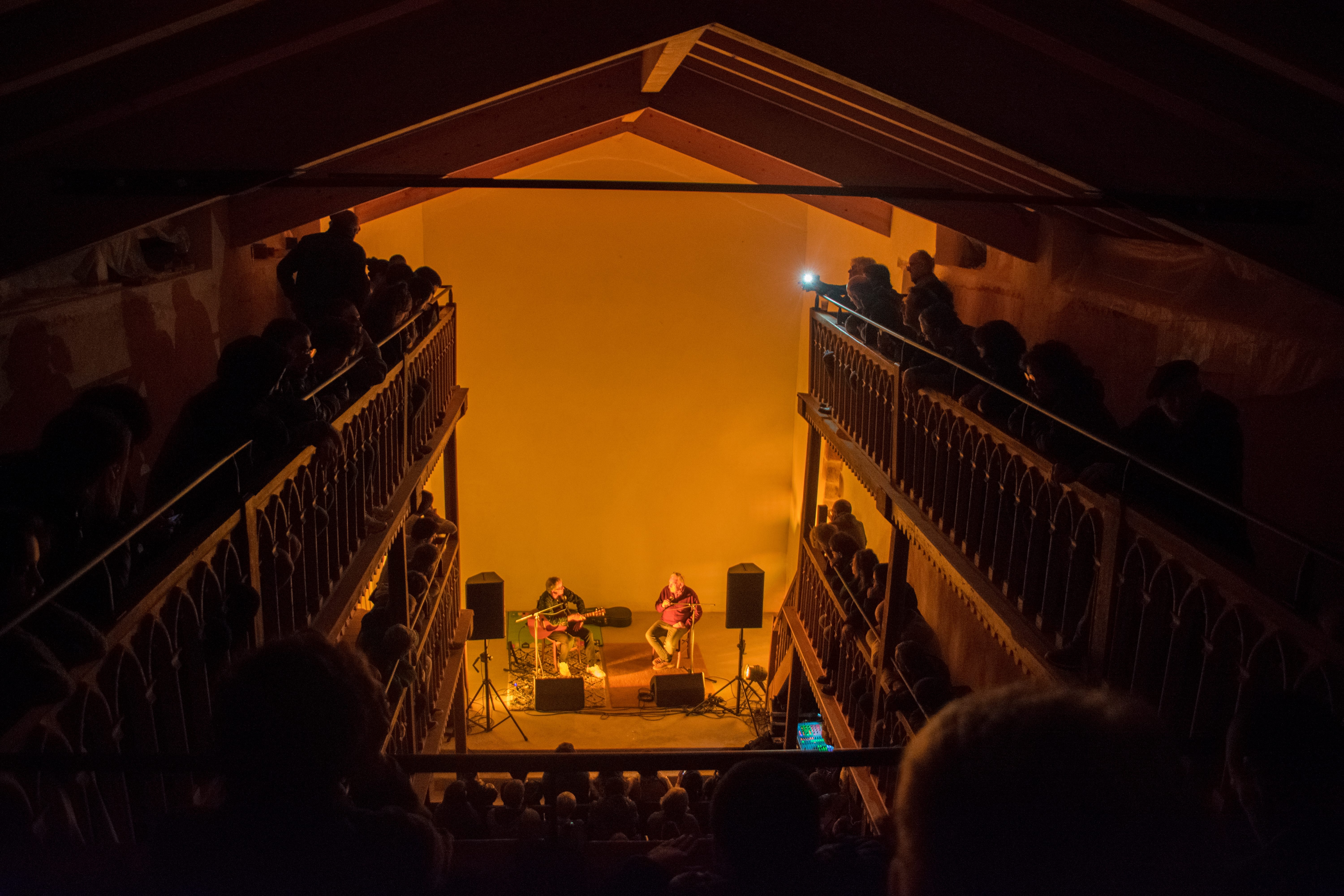
Beware of that view of the South. Firstly, to demystify the blind admiration of the green land, the white houses and the red tiles, unconditional love, fetishism associated with speech and the supposed lifestyle. It leaves, as Ruper Ordorika has often heard, a tourist idea characteristic of the Basque people of the south over the Basque Country, which has no similarities with the French and English view that is so critical. But they're both criticizable. Enpin, to demystify all of that, go more and stay quieter, go more unnoticed. But go, explain and participate. Both are compatible, of a mandatory nature.
And then, if you like, tell others the most exciting moments. But do it without mystifications, not even to design an invasion plan for the next one. Tell them without passing. And it reads, if possible, things about it here and there. I do not think it is a coincidence that the chronicle of such events in the southern press called the Basque is hardly ever read.
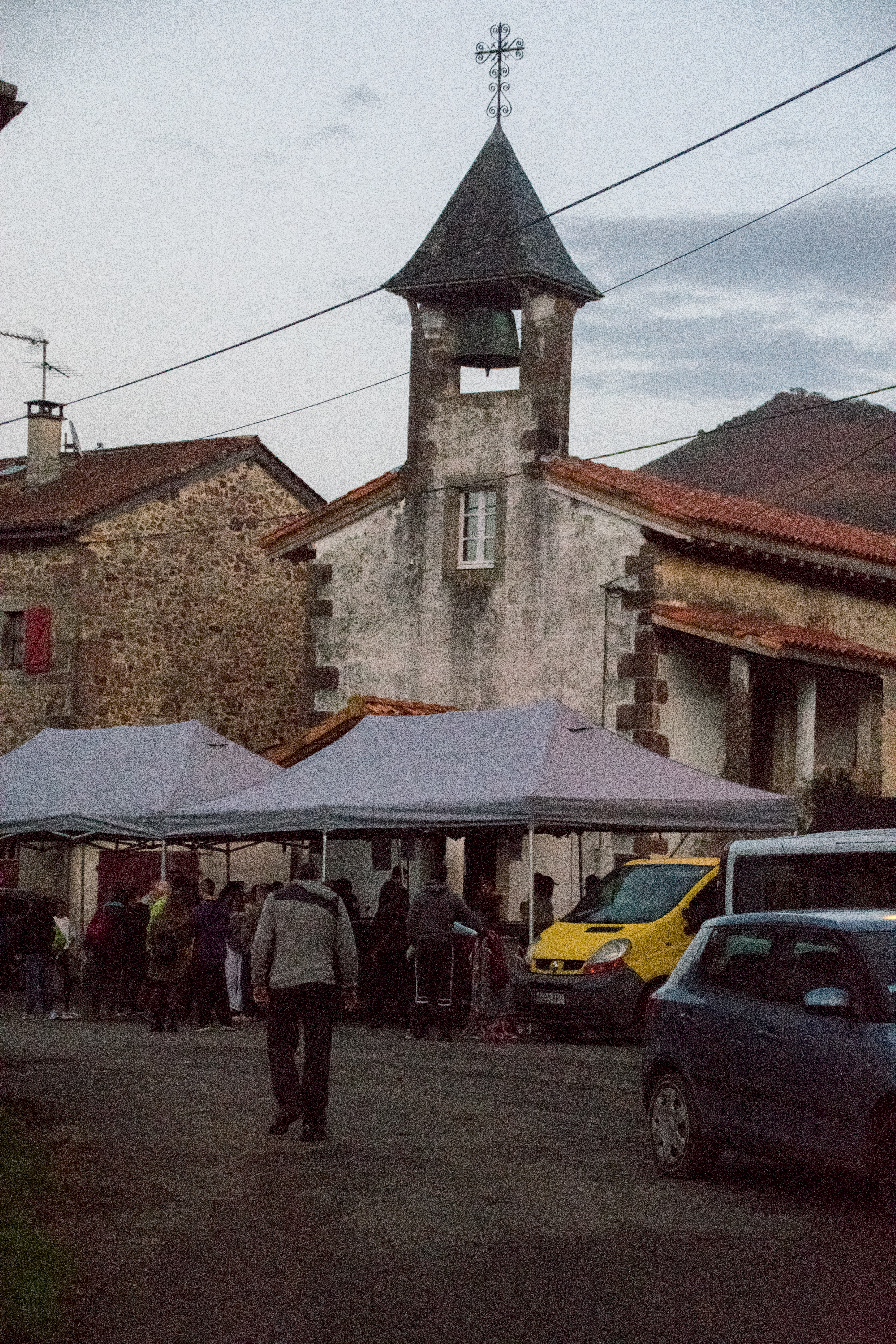
What does a day of twinning between two peoples need, if it is not a faithful and consolidated date, making available to the citizens the best resources, the most noble, the most honest, the most genuine, in such a beautiful place and with the help of time? For this reason, the interaction between Baigorri’s neighbours and this year’s Tafalleses, carried out in the Urdoz district of Baigorri, coinciding with the day of all saints, has not been any day.
Several coincidences, or not so coincidences, have coincided in Urdoz. Bizkarsoro has been seen for the first time in the place where Bizkarsoro was shot, although most had already seen the film of Josu Martínez that premiered over a year ago, with more than 30,000 spectators in Euskal Herria... but there is also someone who has confessed on the table that until now he had not tried to see it elsewhere. And then I confess that he's been excited.
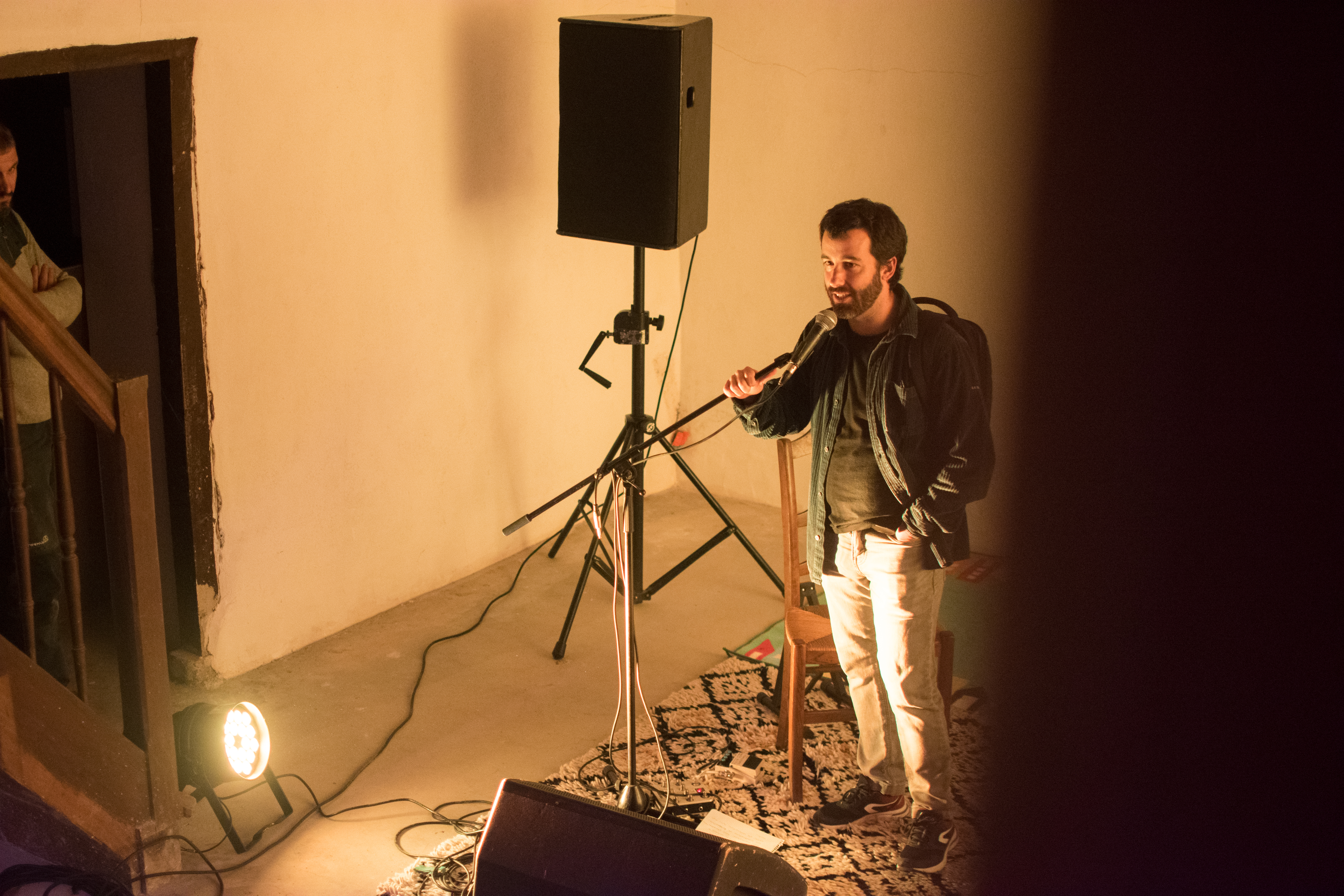
As the background has been touched, some laughter has been heard in the screening, in a scene that was not in person to laugh, when a righteous actor has appeared; in that case, of course, information escapes to someone who is not from Baigorri, because if at that time he has laughed, surely some kind of character from the people has appeared on the scene interpreting a ridiculous role. But rich misinformation; the virtues of watching a movie in its place of origin.
Bizkarsoro has been seen in Bizkarsoro, in the presence of the Bizkarsoros – 200 baigorrians or participated in the film – and where Bizkarsoro was recorded in one of the locations, in the chapel of Urdoz de Baigorri. Old hermitage, beautiful, two-story, with a limestone wall and an U, and with more than one bat in sight.
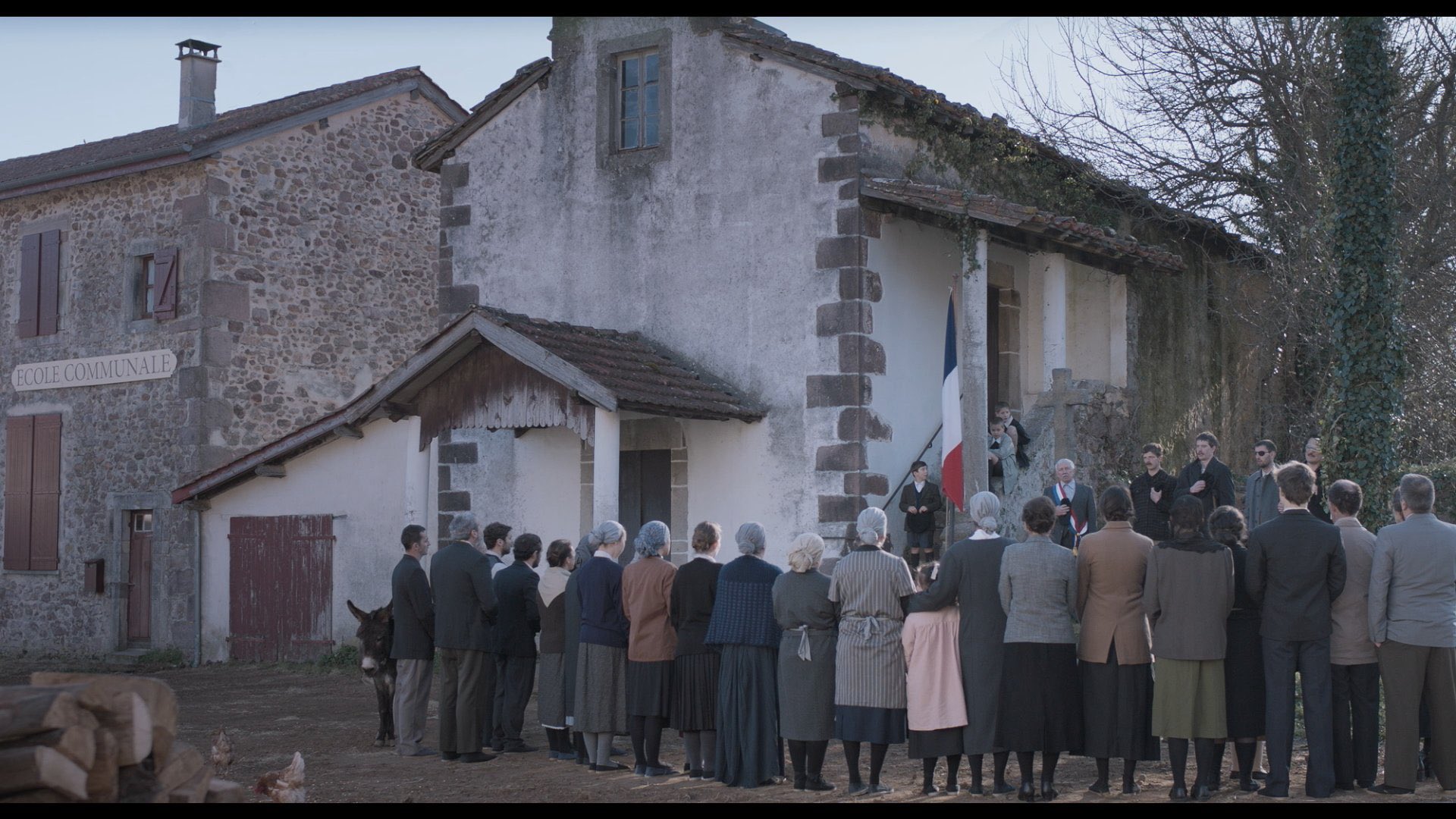
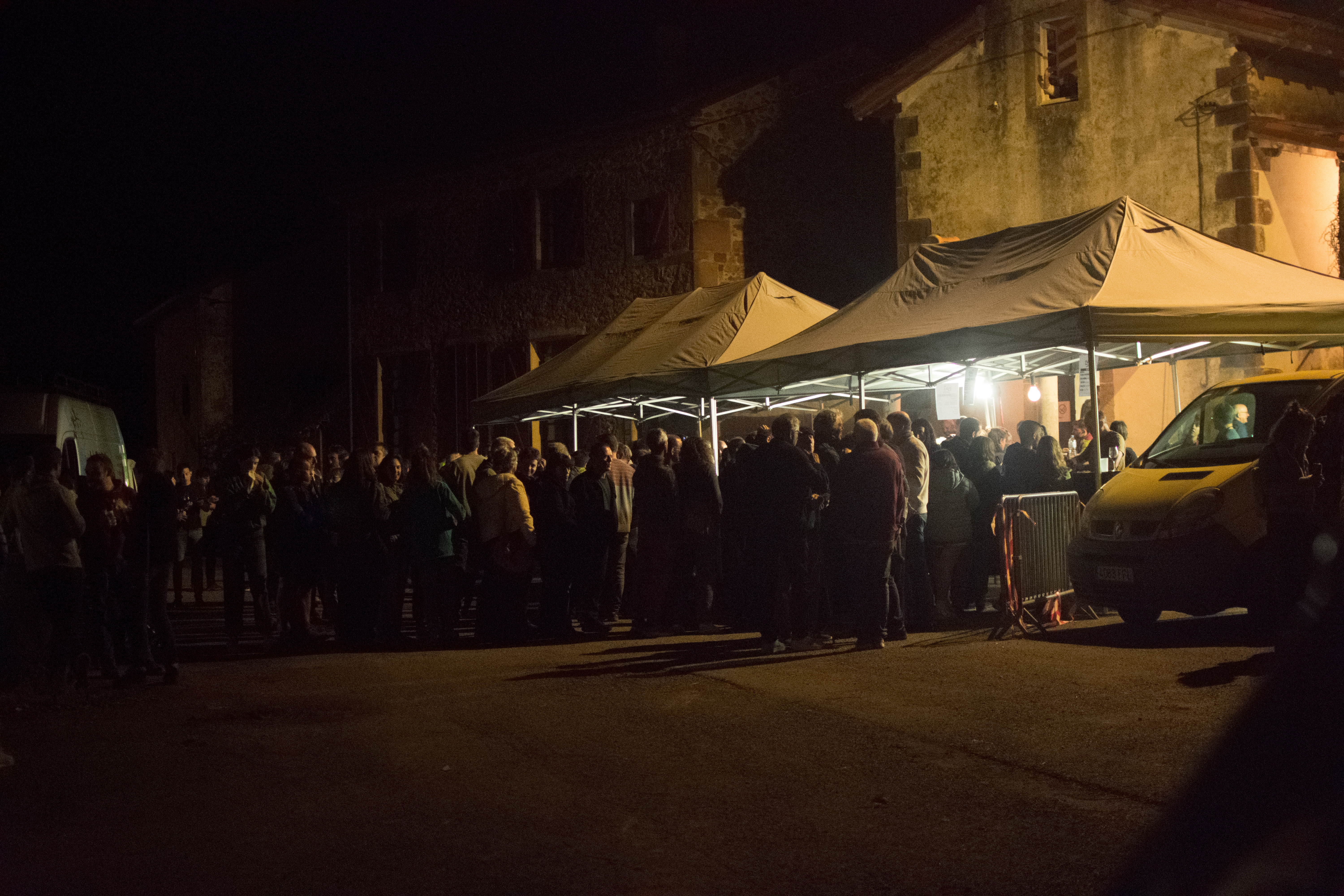
It was more curious to hear Ruper Ordorika and Joseba Sarrionandia talking about hunts and things. Accompanied by their poems and songs in threaded papers, they have risen to the altar of the hermitage, illuminated by a soft yellowish light, and they have been planted in it and sat down to start talking.
After seeing Bizkarsoro, it could not be otherwise, messages of tribute have been made to those who maintained in the days of the harsh oppression of the Basque Country. They have soon moved on to one of the topics that today are called cross-sectional lines, that is to say, one of those junctions that condition the daily life from the vertical. In other words, since the socio-linguistic reality is partly or partly influenced by the socio-economic situation, there has been explicit talk about the change in lifestyle and language habits that are taking place over the years in Lapurdi, Baja Navarra and Zuberoa. A perverse time when the rich merchants and peasants abandon farming and buy farmhouses and turn into luxury farms, to the detriment of the Basque Country and the Basque Country. This story brings to the poem a name written by Sarrionandia: Old names. Ordorika has turned it into a song, on the album Oromapan. And the melody of the song has been brought by Martínez to the movie Bizkarsoro. It is no coincidence that this chain of names and facts has taken place.
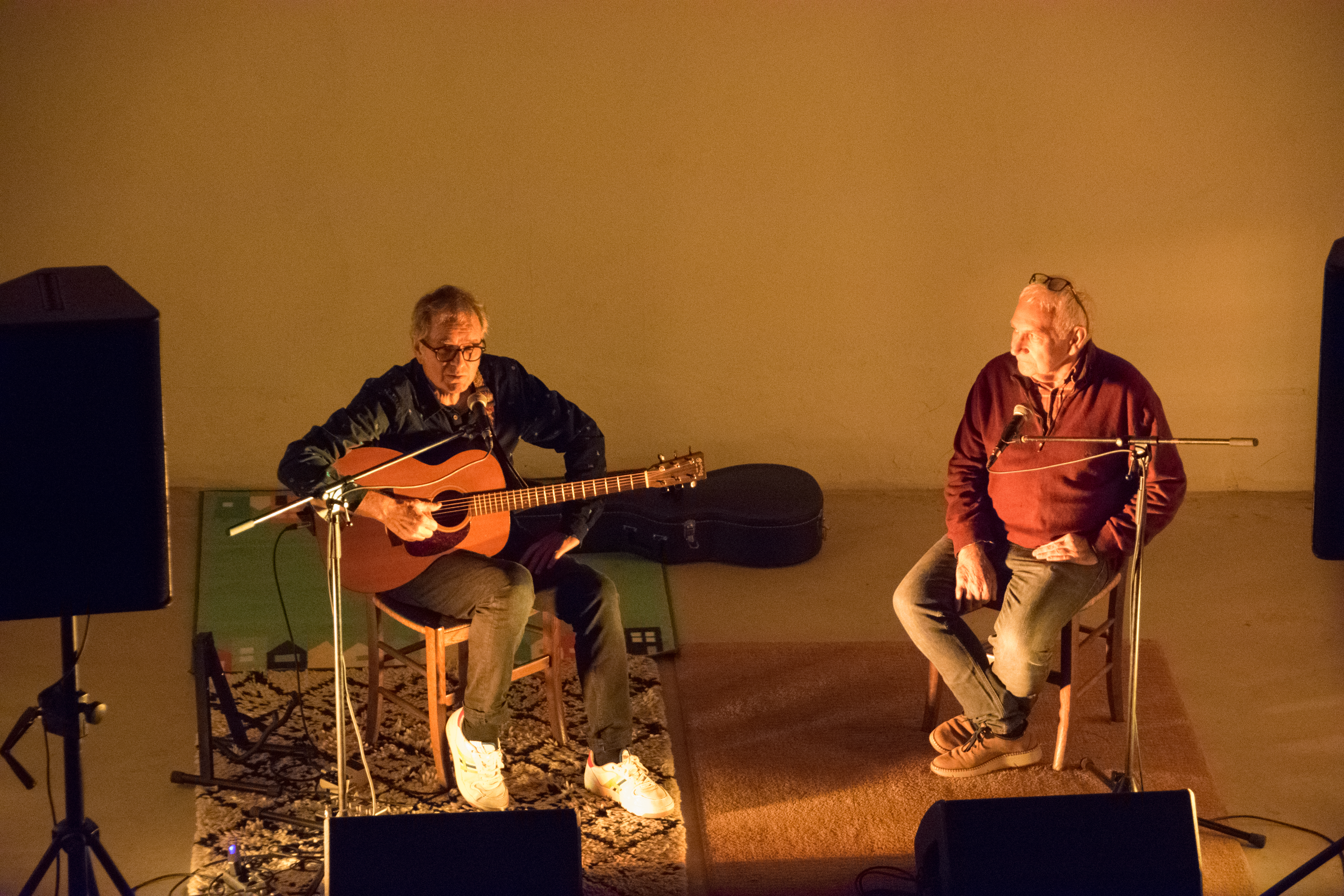
At the university time, Sarrionandia and Ordorika met in Bilbao, in a group that was organized in favor of the Basque country. Hence the story of the issue of 'Huntaz eta Hartaz' has begun.
The list of things you mentioned is long: The version of My darling Clementine, which was later removed by Oskorri, Oh Maite Kattalin... How Ordorika experienced the arrest of Sarrionandia the same year his first book of poems Izuen gordelekuak was published, and how Ordorika took one of the singing poems in 1981, Ni ez naiz on the album king of Norway, the song of Alberto Caeiro Kantua, the song that has returned to his last album Bakarka II... Anecdotes of Sarrionandia in Cuba, as well as what was hidden in Euskal Herria before being arrested. A lot of care can be taken both to talk about him and the other. And there will be no spoilers so you don't miss out on the direct intrigue. However, it is expected that the reports of each session will be modified.
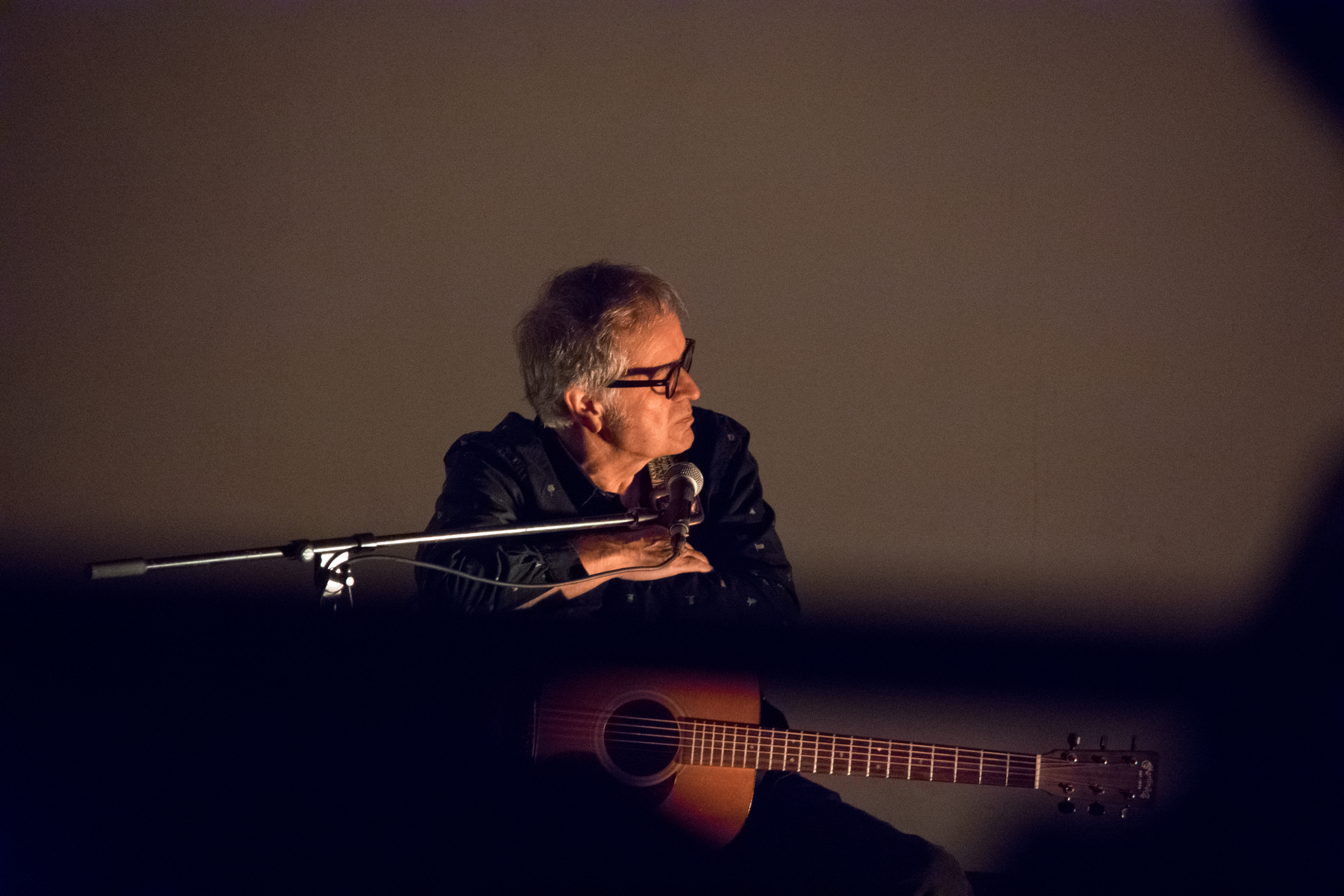
“It’s always nice to end a song that isn’t your own,” Ordorika said. “The town singer... Erramun [Martikorena], here you are, I've seen you out... I will dare.” Urdoz's hermitage has sung the song "ama zer duzu nigarrez", each in its tone but low, for Ordorika to impose itself.
Something similar to a tribute was what was experienced in Urdoz on 1 November. A liturgy, a non-Catholic action, but a believer.